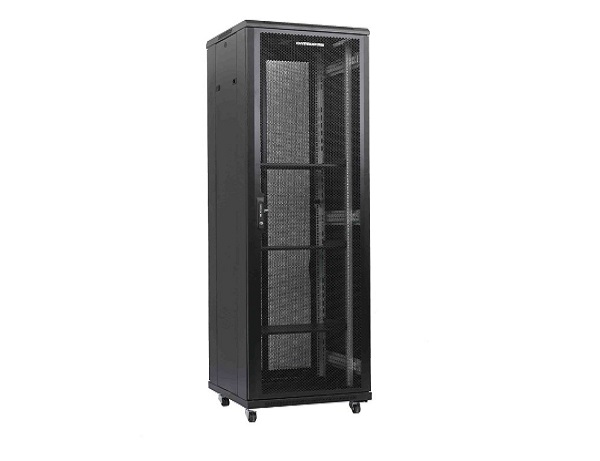News
Site Editor
 Site
https://leonetworkgroup.usa18.wondercdn.com/uploads/image/5fe152faa587d.png
In networking, a patch panel is a device that allows network administrators to effectively manage and organize network connections. It is a passive device, meaning that it does not actively manage or affect data transmission. Instead, it acts as a way of physically connecting and disconnecting cables in a network.A patch panel typically consists of rows of jacks, usually with 24 ports per row. Eac
Site
https://leonetworkgroup.usa18.wondercdn.com/uploads/image/5fe152faa587d.png
In networking, a patch panel is a device that allows network administrators to effectively manage and organize network connections. It is a passive device, meaning that it does not actively manage or affect data transmission. Instead, it acts as a way of physically connecting and disconnecting cables in a network.A patch panel typically consists of rows of jacks, usually with 24 ports per row. Eac
What Is A Patch Panel Used For In Networking
Views: 445
Author: Site Editor
Publish Time: 2023-07-13
Origin: Site
In networking, a patch panel is a device that allows network administrators to effectively manage and organize network connections. It is a passive device, meaning that it does not actively manage or affect data transmission. Instead, it acts as a way of physically connecting and disconnecting cables in a network.
A patch panel typically consists of rows of jacks, usually with 24 ports per row. Each port represents a network connection, and cables can be plugged into the jacks to connect devices or segments of the network. The patch panel then acts as a centralized point at which all of these connections can be managed and organized.
Patch panels can be used in a variety of network environments, from small home networks to large enterprise networks. They provide a number of key benefits, including:
1. Organization: With a patch panel, cables can be neatly routed and managed, helping to eliminate clutter and confusion.
2. Flexibility: By using a patch panel, cables can be easily re-routed and rearranged as needed, without the need to unplug devices or reconfigure network settings.
3. Troubleshooting: With all connections centralized in one location, it is easy to identify which cables are connected where and troubleshoot any issues that may arise.
4. Future-proofing: A patch panel can also help to future-proof a network, as it allows for easy upgrades and additions of new devices or segments.
Overall, patch panels are an important component of any well-designed and organized network. By providing a centralized way to manage and organize network connections, they help to ensure that networks are reliable, flexible, and scalable.
If you want to know more about industrial network cabinet,china fiber optic splice closure,china fiber optic distribution box,please consult the fiber optic splice closure factory









